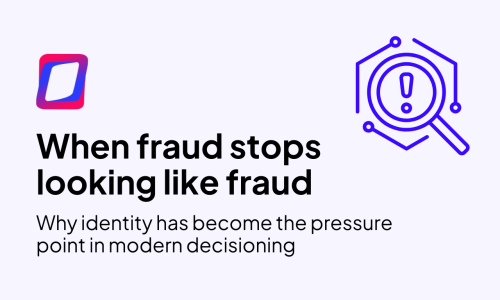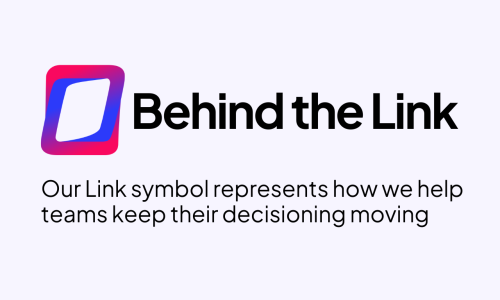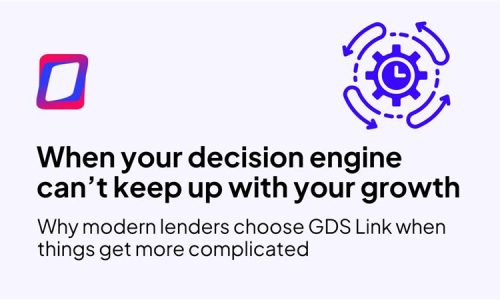goeasy’s Executive Vice-President & Chief Risk Officer Discusses Navigating Credit Risk in a Complex Market
Join us for an insightful episode of The Lending Link Podcast as host Rich Alterman chats with Jason Appel, Executive Vice-President & Chief Risk Officer at goeasy.
In this episode, Rich and Jason discuss goeasy’s mission to provide everyday Canadians with access to credit and a path to financial improvement. Jason shares goeasy’s approach to credit risk management, including their strategies for reducing net charge-off rates while maintaining high growth. They also explore the challenges and opportunities within the Canadian lending market, the impact of data proliferation, and the evolving regulatory environment.
Jason recounts goeasy’s growth journey, from its beginnings in lease-to-own services to becoming a leading non-prime consumer lender in Canada. He provides valuable insights into responsible lending practices, the importance of customer education, and the significance of aligning with strong partner relationships.
This episode is packed with real-world experiences and actionable advice from a leader in credit risk management. Perfect for anyone interested in understanding the nuances of non-prime lending and the broader financial services sector.
Tune in and gain expert insights from Jason Appel!
Watch The Episode on YouTube
About Jason Appel: Jason Appel is the Executive Vice-President & Chief Risk Officer at goeasy, one of Canada’s leading non-prime consumer lenders. With over 30 years of experience in consumer and small business lending, Jason oversees credit oversight, enterprise analytics, non-financial reporting, and yield optimization at goeasy.
About goeasy: goeasy’s vision is to provide everyday Canadians a path to a better tomorrow, today. As one of Canada’s leading non-prime consumer lenders, goeasy offers a full suite of products including unsecured and secured loans, as well as point-of-sale financing. Their mission is to help those who have been denied credit by traditional financial institutions access the credit they need, improve their credit scores, and eventually graduate to prime lending rates. Visit their website here.
About GDS Link: GDS Link is a global leader in credit risk management, providing tailored software solutions, analytical and consulting services. Our customer-centric risk management and process automation platforms are designed for the modern lender in their pursuit to capitalize on the entire credit lifecycle.
By providing a personal, consultative approach and leveraging our own industry-leading knowledge and expertise, GDS Link’s solutions and services deliver exceptional value and proven results to thousands of clients around the world.
About The Lending Link Podcast: The Lending Link, powered by GDS Link, is a podcast hosted by Rich Alterman and designed for the modern-day lender. Each episode dives deep into innovation within the financial services industry and transformation efforts, including AI/ML integration, modeling, risk management tactics, and redefining customer experiences.
GDS Link launched The Lending Link to explore unique strategies for the modern-day lender, dive into the innovative advancements GDS Link and our partners are currently developing and delivering, and gain insights from captivating guests within the fintech, banking, and credit union worlds.
We feature a wide range of guests from various lending institutions and diverse organizations who share their strategies, technology insights, and everything in between.
Recent articles

When Fraud Stops Looking Like Fraud
Read article
Behind the Link
Read article





